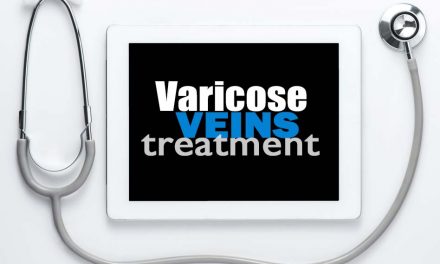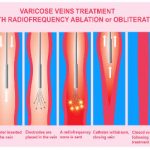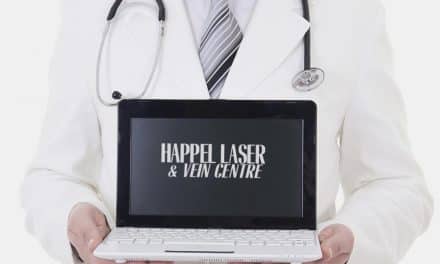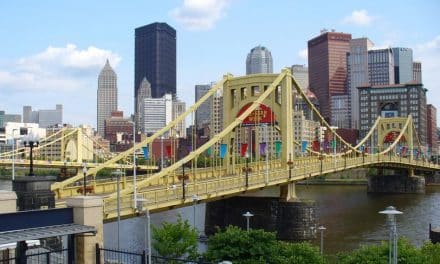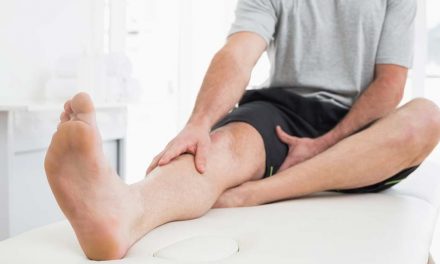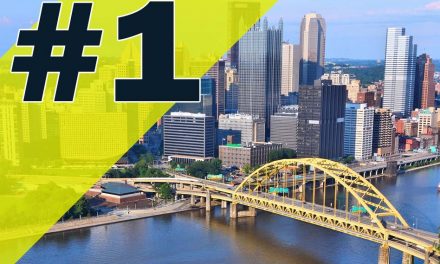
Is Varicose Vein Glue by Venaseal Good or Bad?
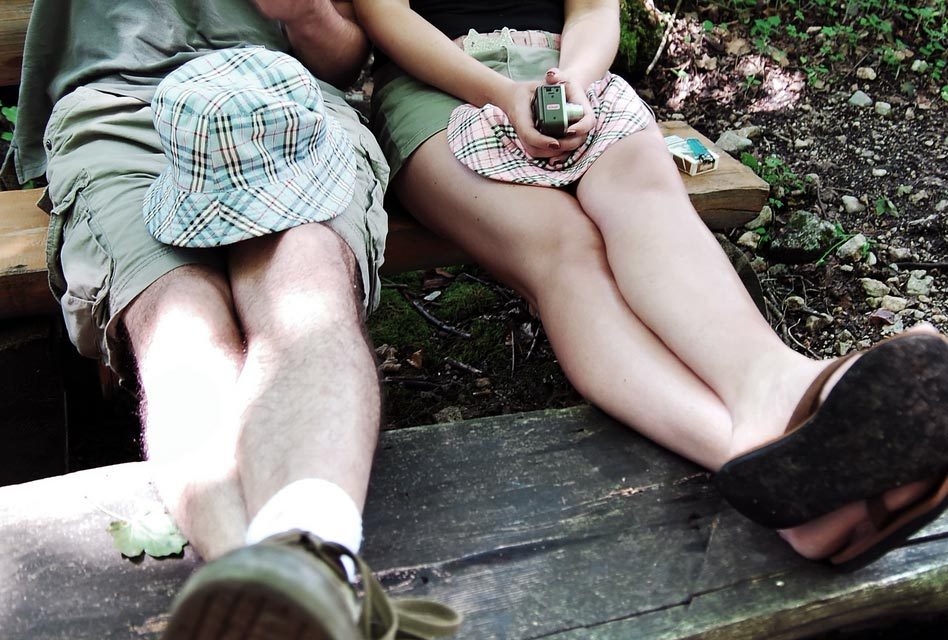
Varicose vein glue is a cyanoacrylate glue or adhesive. It is also known as the Venaseal Closure system. The adhesive is the medical grade form of “Super Glue” or “Krazy Glue”.
The varicose vein procedure using adhesive is minimally invasive and safe.
Dr. Joseph Ricotta, an expert board certified, has one of the most extensive experiences in the United States having treated over ninety patient’s varicose veins with cyanoacrylate glue. He believes that adhesive or glue will be the preferred method of treating varicose veins once an insurance code for billing the procedure is finally approved.
At the present time, since there is no code to bill this new procedure, patients must pay out of pocket.
The cost of Venaseal runs about $3500 for the patient. This is more palatable to patients with a high deductible or with a health savings account. This cost is to treat the saphenous vein only. The varicose veins that are seen on the surface of the skin usually become smaller after the treatment. Those visible varicose veins usually need to be treated at another session or two.
If the varicose vein procedures that remain are a problem, further procedures will be required such as injection sclerotherapy or phlebectomy.
Phlebectomy is removal of varicose veins under local anesthesia through mini incisions.
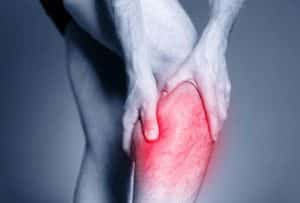
Pain and ache from varicose veins
Varicose veins are the gnarled, enlarged, ropey and bulging veins that are caused when valves inside the veins leak. Because the valves cannot close properly, blood backs up in the wrong direction by gravity.
Faulty valves are usually genetic. They allow blood to flow backwards in the wrong direction. The resulting pressure inside of these veins results in them distending.
That can cause heavy, aching, throbbing, and tired legs.
In the later stages, that can result in the veins clotting, bleeding, or ulcerations or sore of the skin of the lower legs and ankles.
How Is the Varicose Vein Glue Applied ?
A catheter is first inserted inside the targeted vein after a numbing injection is given. The area of the skin that is numbed is usually located below the knee.
When the great saphenous vein is targeted, that area is on the inside of the calf. You lie on your back. The procedure takes 15 to 30 minutes.
When the small saphenous vein is the target, you lie on your stomach. The entrance point is usually in the lower calf. For the treatment of this vein, you lie on your stomach.
When applied to the inside the saphenous veins to close them off, only a few drops are applied every inch or so along the vein. A total of about only 1.2 ml or a quarter of a teaspoon of glue is all used to seal off the inside of the vein.
The adhesive has a high viscosity like honey solution. Because it is so thick, it doesn’t travel through your circulation. It hardens very quickly within three minutes.
You see an immediate change in your leg right after the procedure is done.
You can go to the gym the same day.
It is soft and elastic.
People often ask if they can feel it later.
The answer is – no.
You can only feel it if the doctor injects it directly over a bone according to Dr. Kathleen Gibson, an expert in the field of varicose vein glue.
Multiple veins can be treated at the same time if necessary. Up to 100 cm of length of veins can be treated with each kit.
What Studies Prove Varicose Vein Glue Effectiveness?
Two major studies have been performed called the eSCOPE and the VeClose trials.
Both studies were funded by Medtronic, the company that produces the glue procedure.
As of the time of this writing, the three year follow up data is coming in.
VeClose Varicose Vein Trial
The VeClose is a prospective, randomized, and controlled trial. This study that compares the safety and effectiveness of the VenaSeal closure system to the ClosureFast radiofrequency ablation procedure.
The success of these trials was measured by how completely the veins that were treated were closed. The worst varicose vein patients with venous ulcers were excluded from the study.
Pain during the procedure and bruising were compared between glue and radiofrequency.
There was less pain with glue since usually only one injection of numbing medicine was required.
After three days about 15% of the glue patients required the anti-inflammatory medication, Ibuprofen, while with radiofrequency 19 % took Ibuprofen. Neither group required narcotic pain medication.
VeClose was a United States multicenter trial.
The advantage of a multicenter trial is that since the patients come from different geographic locations, they usually include a wider range of population groups.
By comparing compare among different centers increases the generalization of the study. Sometimes efficacy will vary between population groups with different genetic, environmental, and ethnic or cultural backgrounds.
Therefore, these multicenter, geographically diverse trials can properly evaluate these differences. That makes this type of study more relevant to all individuals regardless of their background.
The goal of the VeClose trial was to see if it closed the vein. Also studied was how much pain medication was required and the degree of bruising. The results were evaluated by VCSS scores and a questionnaire called the Aberdeen varicose vein questionnaire.
Two-year results from the VeClose trial were presented at Charing Cross by Raghu Kolluri MD and by Kathleen Gibson MD at the International Vein Congress in 2016. 242 patients were studied at ten different sites. 86 and 84 patients were followed after two years in the Cyanoacrylate group and the radiofrequency groups respectively. Outcomes were measured scientifically. The severity of the varicose vein disease was measured by CEAP and VCSS scores. Follow up was measured at 1, 3 6, 12 24, and 36 months (36 months were starting to come in May 2016.)
94.3% of veins treated with VenaSeal glue remained closed two years after the procedure, identical to those treated with a more established radio-frequency procedure.
The VeClose trial will be extended to 5 year follow up according to the primary investigator in the United States, Dr. Nick Morrison.
eSCOPE Varicose Vein Study
This a randomized, controlled study performed outside of the United States. The seven sites included the United Kingdom, Germany, Denmark and the Netherlands.
eSCOPE is an international, multicenter, prospective, single-arm, observational, post-market study.
Results, closure rates, pain, and return to work were studied. Three-year results from the eSCOPE study were also presented at Charing Cross by Thomas Proebstle, the main investigator. Of the 70 patients treated with VenaSeal, results showed 88.5% closure rate at three years, demonstrating durable and consistent outcomes over the long term.
At two years, the complete closure of the GSV was achieved in 94.3% of patients treated with VenaSeal compared to 94% of patients treated with ClosureFast, showing continued, similar long-term non-inferiority outcomes (p=0.0075).
What Are the Advantages of Venaseal Glue?
When the Venaseal or glue treatment is performed, only one needle puncture is needed per vein. That is necessary to numb and then introduce a catheter into the targeted vein.
Other advantages include:
- No stockings
- Less bruising
- No burns
- No nerve injury because no heat like present day forms of closing varicose veins
- Pain – Inflammation is seen in about 15% who needed anti-inflammatory pain medication which is similar to radiofrequency and later generations of laser fibers
99% of targeted veins were closed at three months. At 24 months the closure rate was identical between the two groups at 94.3% closure.
Morbidly obese patients did very well and had the greatest degree of improvement.
Although there will be fewer injections (usually one), it will not be an injection free procedure.
That the medium to long-term success of the procedure is unknown at present.
Insurance companies do not currently cover it because it is so new.
It is not always painless afterwards. Since it is inflammation from the adhesive that actually closes the vein, about 15 % of patients will have a tender and reddened area on the inner thigh.
If the actual varicose veins themselves are not treated at the same time as the saphenous vein, those side branches may become inflamed and clot.
What Do the Experts Say?
Dr. Kathleen Gibson reported that the glue procedure is safe and reliable. She says it produces strong, durable and consistent results. She concluded that it is not inferior to radiofrequency closure of the saphenous vein. Radiofrequency treatment of the saphenous vein was FDA approved in 1999.
Dr. Thomas Proebstle commented:
“Cyanoacrylate embolization is an effective and durable solution to the problem of incompetent great saphenous veins. Long-term effectiveness is high. The elimination of the need for perivenous tumescent anesthesia and post interventional compression stockings, along with the associated side effects, results in significantly improved treatment.”
Alan Dietzek, a clinical professor of surgery at the University of Vermont College of Medicine, Danbury Hospital campus stated:
“The results for all three [nonthermal techniques] are good. It’s too early on yet to say which of these devices is better,”
Nick Morrison, Morrison Vein Institute, Scottsdale, USA, and national principal investigator of the VeClose trial stated:
“Despite having no prior physician experience with VenaSeal, these data demonstrated remarkable ease-of-use and a limited learning curve for first-time-users as compared to experienced users.”
Conclusion
Varicose vein glue or adhesive is the latest way of treating varicose veins.
This Venaseal Closure System is the newest cutting edge varicose vein technology.
Advantages include that you can exercise immediately and return to work the same day.
No support stockings are needed!
However, you must realize that it is not the only procedure required for most people to completely rid you of your varicose veins.
Often another procedure like sclerotherapy or phlebectomy will be required if only the saphenous vein is treated with glue or adhesive.
Do not be misled into thinking that it is a one-time procedure and you will be cured for life.
At present, it is not covered by insurance.
Venous disease is incurable. New unwanted veins will likely occur in the future.
Speak to your vein specialist about all of the different options for treating your varicose veins.
Call us at 724-969-600 for a consultation.


